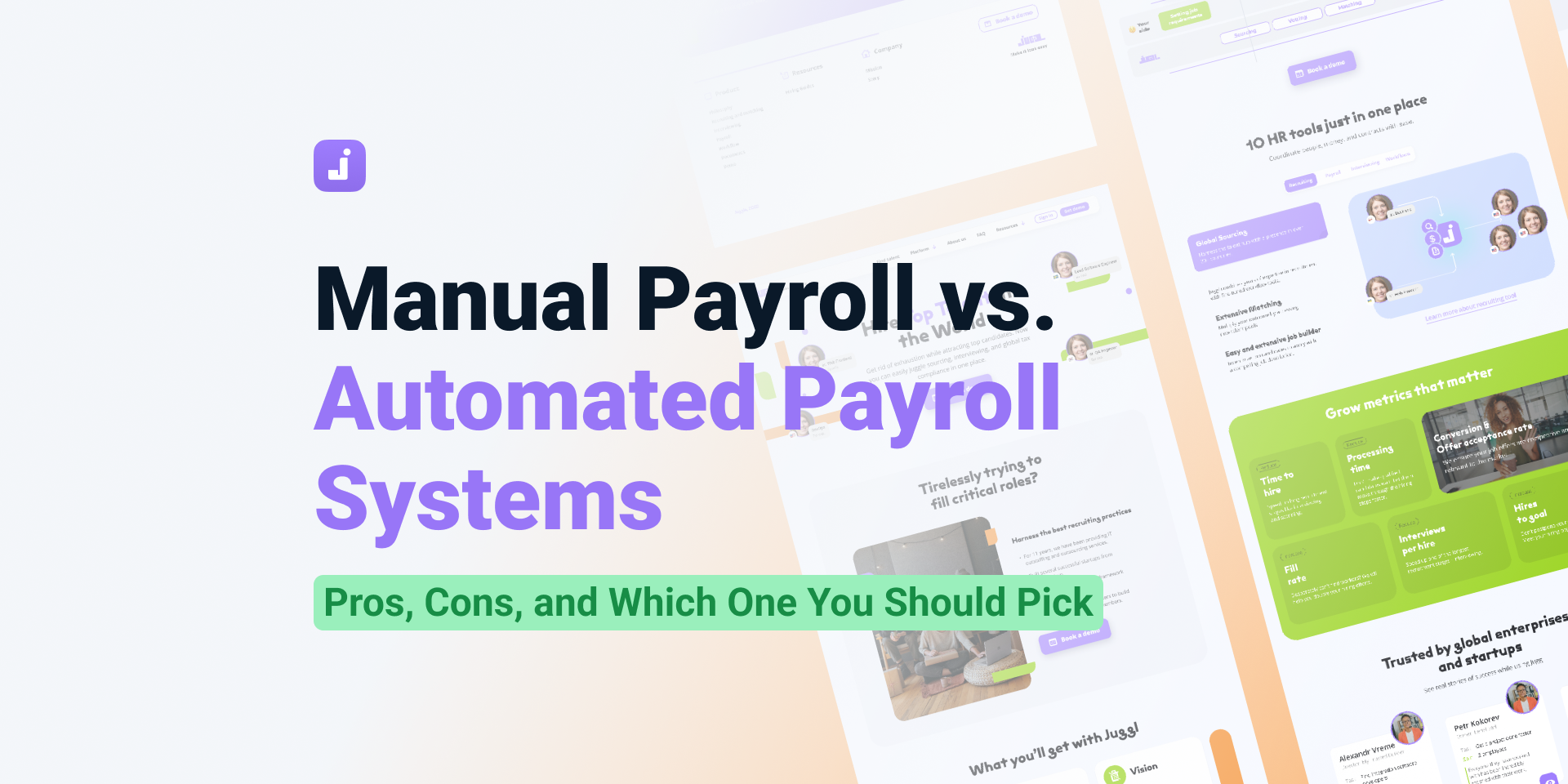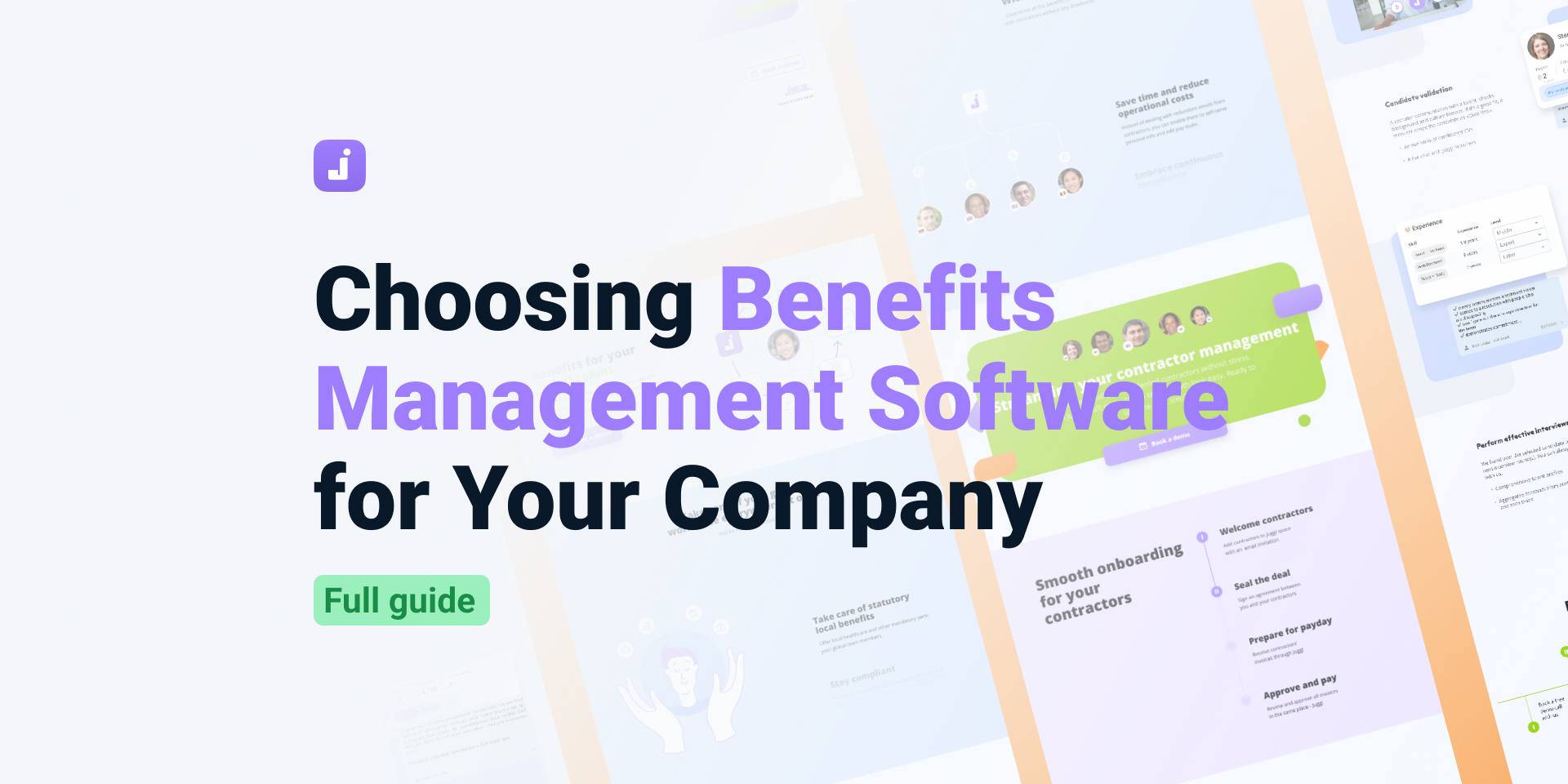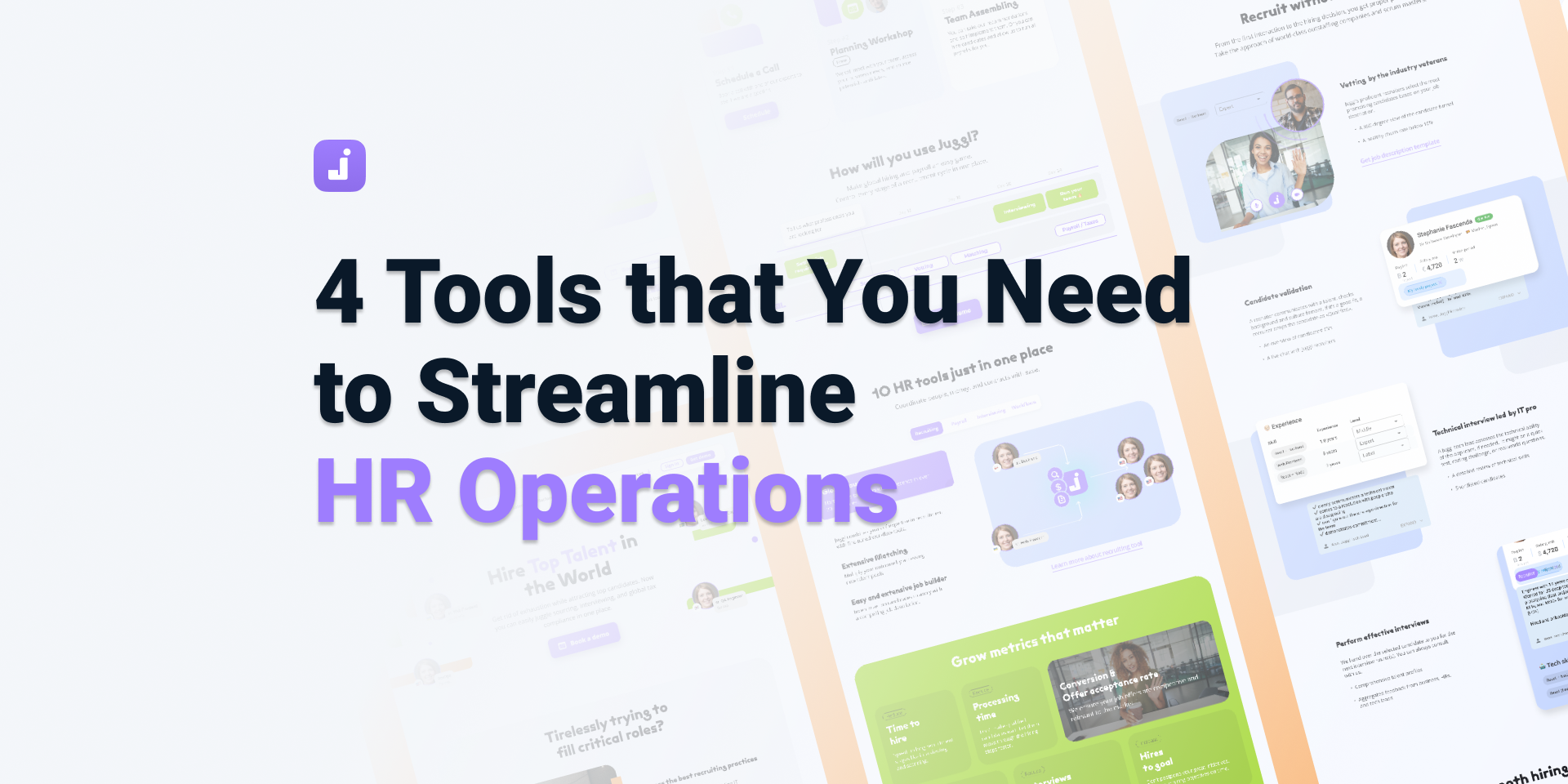[Payroll Checklist] How to Avoid Legal Issues in International Payroll: A Step-by-Step Guide
Master Global Payroll Compliance Without the Headaches
Let's be real—handling international payroll and navigating the maze of global tax laws can feel like a never-ending puzzle. Even managing payroll across different states in one country can turn into a real headache. But here’s the thing: messing up isn’t an option. One slip-up, and you’re looking at legal issues, fines, or worse.
So, what do you do? You need to be sharp, proactive, and have a solid grip on local payroll laws and employment regulations. From crafting airtight pay policies to nailing every tax requirement, every step matters. I’m here to give you the playbook you need to manage payroll compliance like a pro. Let’s dive into the must-know moves before, during, and after processing global payroll.
Step 1: Getting Your Ducks in a Row (Pre-Payroll)
1) Localized Payroll Policies—Tailored to Perfection
First things first: make sure your payroll practices are synced up with local laws. Just started hiring internationally? No worries, I’ve got a payroll compliance checklist at the end of this guide to get you started.
2) Know the Difference: Federal vs. State Employment Laws
a) Understand how federal and state labor laws differ, especially when you’re dealing with multiple countries.
Example 🇨🇭 Switzerland:
In Switzerland, federal contracts set the minimum wages for domestic workers. But here’s the catch—each canton (think of it like a state) has its own rules and wage rates for different jobs. You need to know both.
b) Stay alert to regional or municipal laws that might overrule state regulations.
Example 🇺🇸 United States:
In the U.S., when federal and state laws clash, the U.S. Department of Labor says you’ve got to follow the law that gives employees the most protection and has the strictest standards.
3) Streamline Data Management
Payroll usually means juggling data across multiple departments. Promotions, benefits, leave—keeping track of all that can take forever. Here’s how you fix that: use a self-service payroll platform that lets your colleagues and employees handle their own updates. You’ll cut down on the manual entry, and everyone will be happier for it.
Step 2: Crunching the Numbers (Payroll Processing)
4) Global Payroll Calculations—Automate Everything
You’ve got your team spread out across the world? No problem. Use global payroll software to automate wage calculations, deductions, and tax withholdings. It’s the easiest way to make sure you’re hitting every mark, no matter where your people are.
Step 3: Closing the Loop (Post-Payroll)
5) Pay Up—On Time, Every Time
Don’t let payroll tax withholdings, Social Security contributions, or Medicare taxes slip through the cracks. Set up a compliance calendar for each country so you never miss a deadline. There are platforms out there that’ll even remind you when something’s due.
6) Customize Payslips to Fit Local Rules
Payslips aren’t one-size-fits-all. Different countries have different rules, and you’ve got to make sure your employees get what they need, when they need it. Payroll software can help you tweak those payslips to meet local regulations and payment methods.
7) Stay on Top of Statutory Changes
Payroll laws change—sometimes overnight. Make sure you’re always in the loop by regularly checking for updates. And don’t forget to file those forms and submit your year-end payroll taxes and reports. HR and payroll software can keep you ahead of the game.
Your Global Payroll Compliance Checklist
When you’re hiring in a new country, you’ve got to do your homework. Here’s what you need to keep an eye on:
- Overtime Limits: Make sure you’re not overworking your people.
- Minimum Wage: Pay your team what they’re legally owed—no shortcuts.
- Withholding Rates: Taxes can get tricky—stay compliant.
- Medical Insurance and Related Taxes: You’ve got to offer what’s required.
- Monthly and Year-End Reporting: Don’t miss a deadline—keep those records clean.
- Tax Filing Deadlines: It’s simple—file on time, avoid fines.
- Social Security Contributions: Pay into the local systems, no exceptions.
- Mandatory Benefits: Know what you’re required to provide and make it happen.
- Contractor vs. Employee: Misclassification can cost you big—know the difference.
- Data Protection: Keep your team’s info safe, always.
Getting global payroll compliance right doesn’t have to be a nightmare. Follow these steps, and you’ll streamline your payroll process, keep your business in check, and make sure your team gets paid—no matter where they are.

.jpeg)










